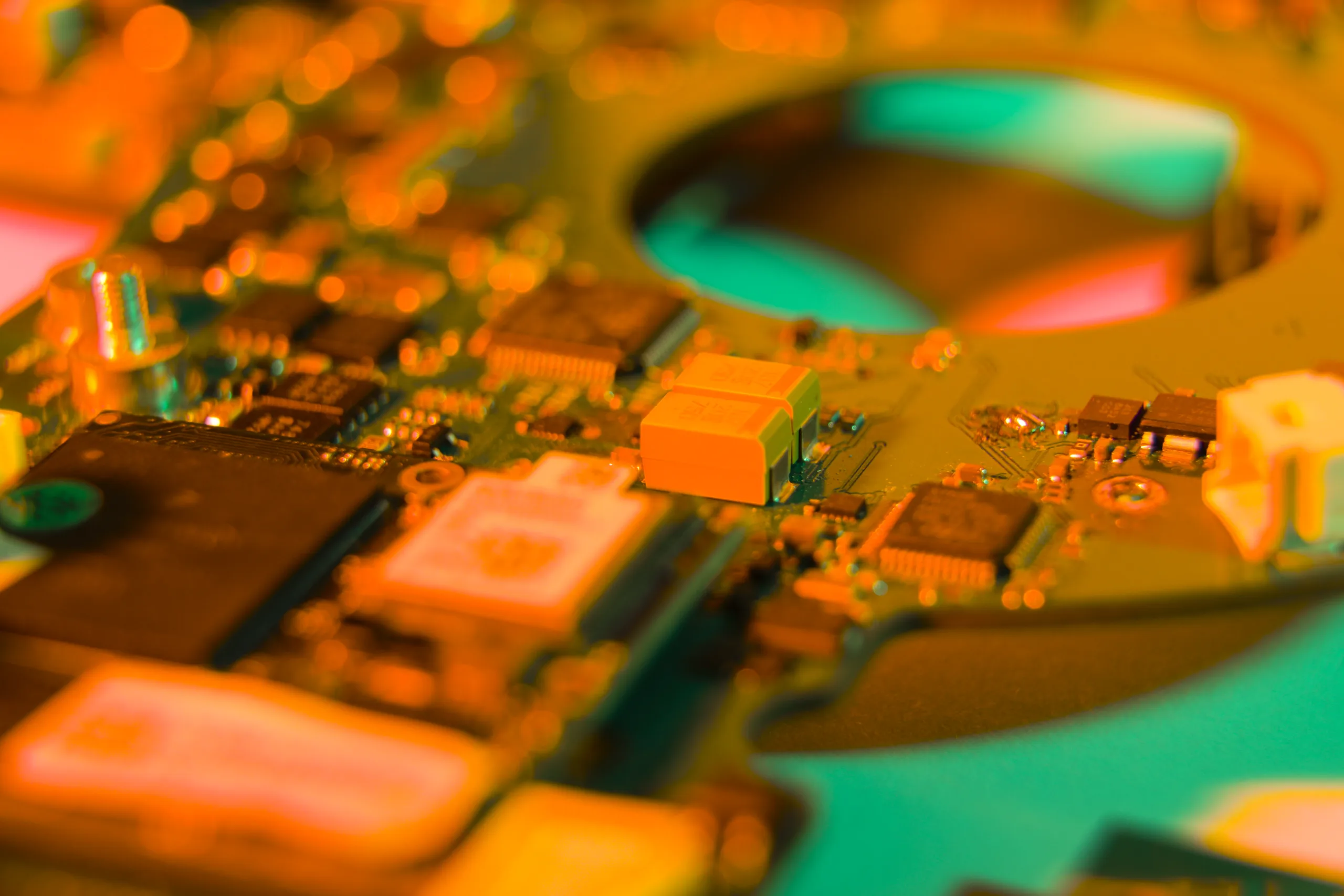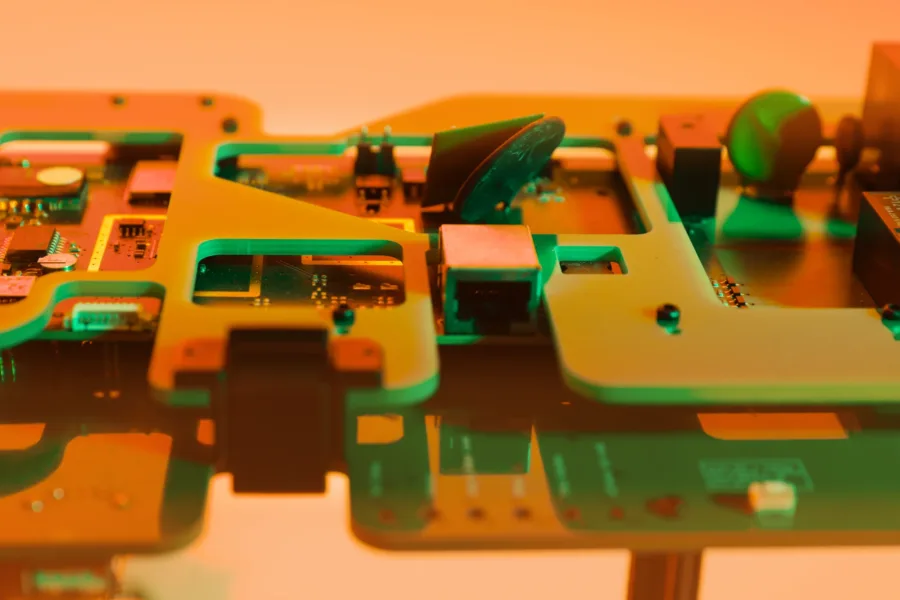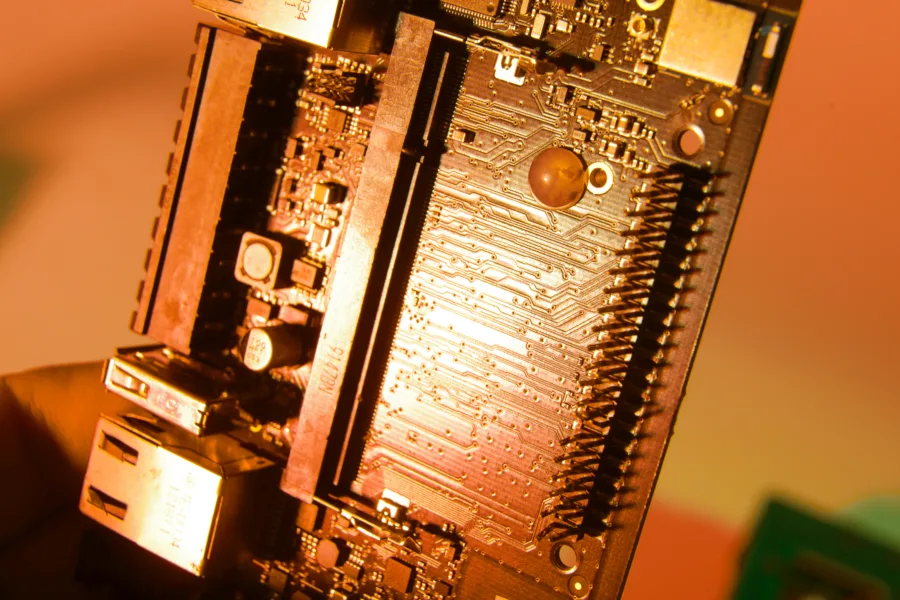In the ever-evolving landscape of healthcare, technological innovation is propelling us towards a brighter, more efficient future. A pivotal aspect of this progress lies in the development of medical devices, where software validation plays a crucial role. Software validation ensures that the software components of medical devices function correctly, which is not only vital for patient safety but also for the functionality and reliability of these devices. In this article, we will delve into the concept of software validation for medical devices, why it matters, and the various aspects associated with it.
What is Software Validation?
At its core, software validation is the process of ensuring that the software of a medical device performs its intended functions accurately and consistently. But, what sets validation apart from verification is the focus on meeting user needs, rather than merely conforming to specifications.
To illustrate this concept, let’s use the analogy of baking a cake. When you verify a cake, you ensure that it meets the recipe’s specifications by following the instructions. However, software validation is like ensuring the cake not only adheres to the recipe but also tastes delicious and appeals to those who will eat it. Validation, in the context of medical devices, is about guaranteeing that the software functions effectively and safely to meet the needs of patients and healthcare providers.
Why Medical Devices Require Software Validation
The connection between software and medical device functionality is undeniable. Modern medical devices, from life-saving ventilators to diagnostic machines, rely heavily on software to operate. Ensuring the accuracy and reliability of these software components is paramount, as errors or malfunctions could have dire consequences for patient health and safety.
The potential risks associated with inadequate software validation are profound. Incorrect dosages in medication dispensing, misread diagnostic results, or device failures during critical procedures can result in severe harm to patients. The importance of software validation extends to both standalone software and software embedded within hardware devices, as both have a direct impact on patient outcomes.
Stages of Software Validation
The process of software validation can be broken down into several key stages. First is requirement analysis, where the specific needs and expectations of the software are identified. Then comes the design and planning stage, where a comprehensive strategy for validation is outlined. Testing and evaluation follow, involving rigorous examinations to ensure functionality, performance, and reliability. Continuous monitoring and updates are critical to adapt the software to changing needs and to maintain a high level of quality.
What makes software validation versatile is its adaptability to different types of devices and varying risk levels. It is scalable, meaning the validation process can be tailored to suit the complexity of the device, whether it’s a simple mobile app for tracking health data or a sophisticated medical imaging system.
Methods Used in Software Validation
Software validation employs a variety of techniques, including reviews, analysis, and testing, to ensure that the software functions as intended. This multi-method approach ensures that all aspects of the software are thoroughly examined.
Reviews involve expert examination of the software design and code, while analysis focuses on assessing the software’s logic and algorithms. Testing, a vital component, comprises various types, such as functional, performance, and reliability testing. This rigorous testing process aims to uncover potential issues that could compromise the safety and functionality of the device.
Quality and Documentation
Aligning software validation with quality standards is crucial in the medical device industry. High-quality software not only ensures patient safety but also the overall efficiency of healthcare processes. Documentation plays a vital role in achieving this. It serves as a transparent and accountable record of the validation process, making it easy to track and verify that the software meets the necessary standards.
To make this concept relatable, think of it like quality control in everyday products. When you purchase a product, you expect it to work as described, and you rely on the manufacturer’s quality control measures to ensure this. In the medical device industry, software validation is the equivalent of quality control, except the stakes are significantly higher, and the focus is on saving lives.
Challenges and Solutions in Software Validation
Software validation is not without its challenges. These challenges include rapidly evolving technology, changing regulatory requirements, and the need for skilled professionals to execute the validation process effectively. Overcoming these hurdles requires a combination of expertise and careful planning.
Professionals like Regulatory Compliance Professionals (RCP Software) are essential players in this field, helping medical device manufacturers navigate the complex terrain of software validation. Their expertise in compliance, coupled with state-of-the-art validation processes, enables companies to meet regulatory requirements while ensuring the highest standards of safety and functionality.
Conclusion
In the world of medical device development, software validation is a cornerstone of patient safety, functionality, and reliability. It ensures that the software components of these devices perform as intended and meet the needs of healthcare providers and patients alike. The importance of this process cannot be overstated, as the consequences of software malfunction can be life-threatening.
It is essential for all those involved in the creation and usage of medical devices to understand the significance of software validation. Awareness and careful consideration of the validation process can lead to innovations that save lives and enhance the quality of healthcare for all. In a rapidly advancing technological landscape, software validation stands as a critical safeguard, ensuring that medical devices are both effective and safe for the benefit of patients worldwide.
We offer a partnership that provides world class software validation as a core part of our end-to-end product development service. We can help you across each of the key stages, with our world-class engineering team, tailored to meet your specific validation needs.
Accelerate your product development journey and partner with us to bring your innovative ideas to life.
Contact Petri Virta CTO Dream Devices for more information.





